wingedjewels: golden-crowned kinglet by hawk person on Flickr.
Friday, November 29th, 2013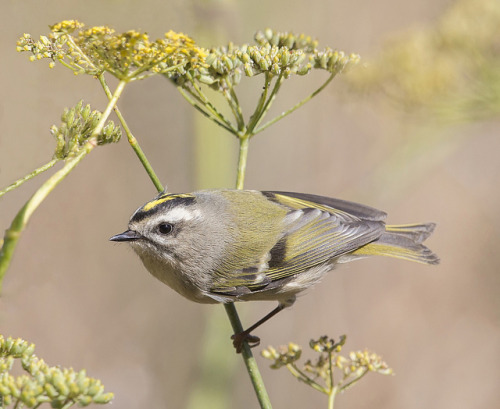
golden-crowned kinglet by hawk person on Flickr.
Reposted from http://lies.tumblr.com/post/68517288992.

golden-crowned kinglet by hawk person on Flickr.
Reposted from http://lies.tumblr.com/post/68517288992.
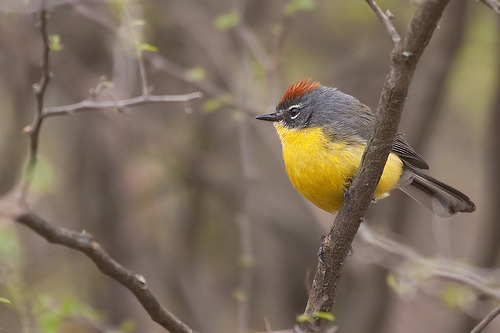
Brown-capped Redstart, Myioborus brunniceps by ik_kil on Flickr.
Reposted from http://lies.tumblr.com/post/67187462516.

quality reporting
Interestingly enough, the Ovenbird (which is what this is) is in Parulidae. Though it doesn’t look much like the other kids at the school.
Reposted from http://lies.tumblr.com/post/67154958679.

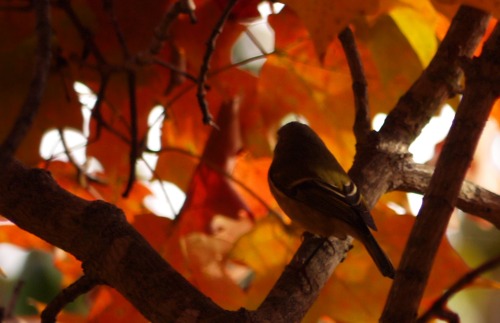
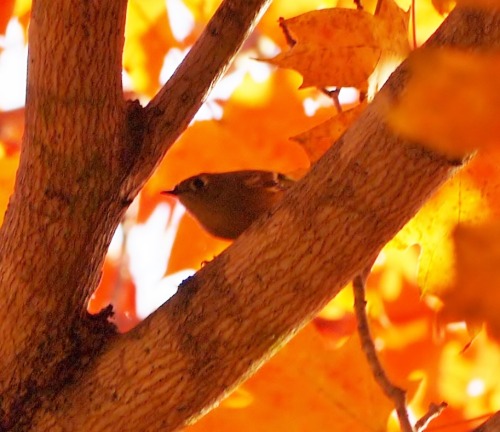
Ruby-crowned kinglet in the fall foliage on Duke’s campus. After I saw the kinglets up close last week at the bird banding demonstration, I was desperate to see one on my own. Luckily my chance came when I happened to be taking some fall foliage photos. Amidst the red and gold leaves was a very active kinglet, hopping from branch to branch as fast as I could focus my camera. My photos aren’t perfect, but there is something extra beautiful about seeing a life bird in such a beautiful autumn tree!
We have a pair of these in our backyard during most Puppy Patrol visits. They’re really fun to watch.
And these photos are gorgeous.
Reposted from http://lies.tumblr.com/post/67043010503.
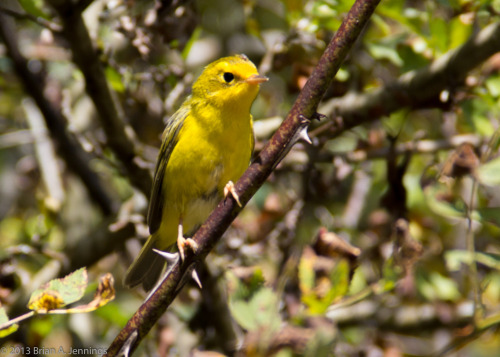
Wilson’s Warbler, Bainbridge Island, Washington
Reposted from http://lies.tumblr.com/post/66977803703.
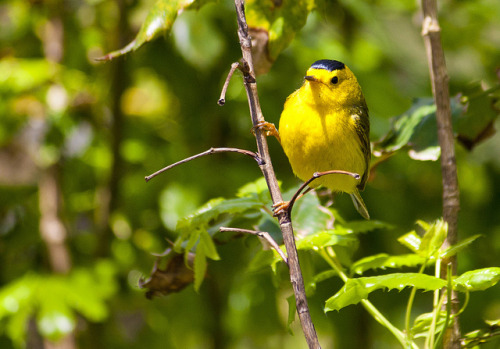
Wilson’s Warbler by nvanbirder on Flickr.
I get to blog birds again. Expect more soon.
<3
Reposted from http://lies.tumblr.com/post/65741883514.
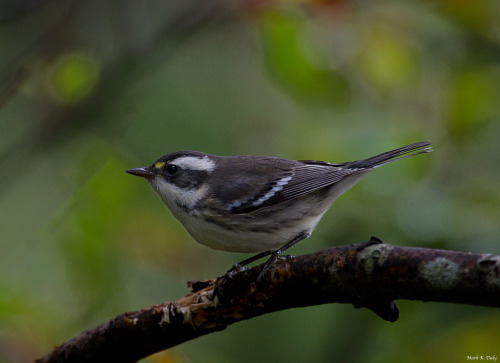
Black-throated Gray Warbler, Setophaga nigrescens
(by markvcr)
Reposted from http://lies.tumblr.com/post/63976026151.
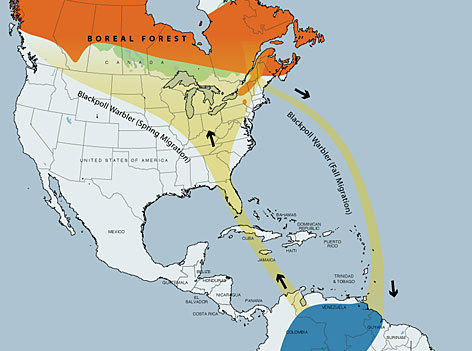
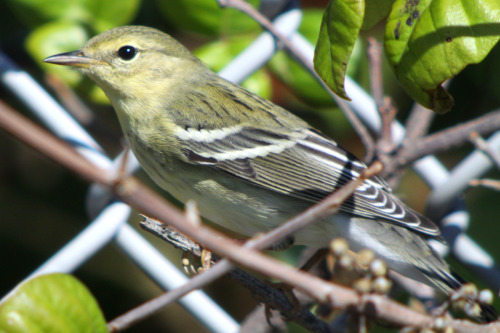
Part of the fall migratory route of the Blackpoll Warbler is over the Atlantic Ocean from the northeastern United States to Puerto Rico, the Lesser Antilles, or northern South America. This route averages 3,000 km (1,864 mi) over water, requiring a potentially nonstop flight of up to 88 hours. To accomplish this flight, the Blackpoll Warbler nearly doubles its body mass and takes advantage of a shift in prevailing wind direction to direct it to its destination.[Source]These birds are amazing — they literally bulge with stored fat just before they make this journey. I’ve heard a fellow ornithologist say that if blackpolls burned gas for energy they would get the equivalent of 200,000 miles per gallon.
That. Is amazing.
Reposted from http://lies.tumblr.com/post/62243351763.
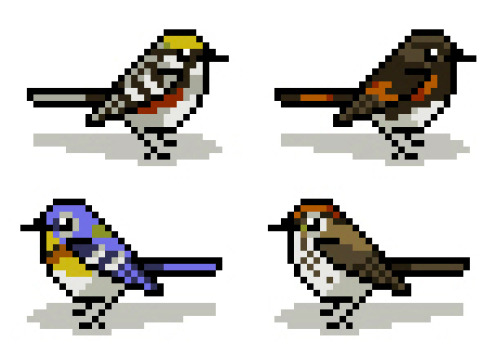

nybg:
While I work away on some new stuff, and since it’s warbler migration season (!), I thought I’d repost this print I made last year (you can buy it here). I’m a birding fan AND a video game fan. How many can you identify?
Remember to keep office lights off at night so that those migrating birds can pass safely through your city. Find out more here.
Half of me is reblogging this because it is warbler migration season, and last Saturday marked the return of the weekend Bird Walk here at the Garden. It takes place every Saturday at 11 a.m., and it’s one of the best opportunities in the city to take up the birding habit and scope out species for your life list with an expert birder (Debbie Becker’s a whiz). And with newly-opened bird havens like the Native Plant Garden now available, spotting these teensy puffs of migratory color is a breeze.
The other half of me just freaking loves pixel art. Thanks goes to Ann for pointing this one out to me. —MN
Pixelated Parulidae
Reposted from http://lies.tumblr.com/post/62066161126.
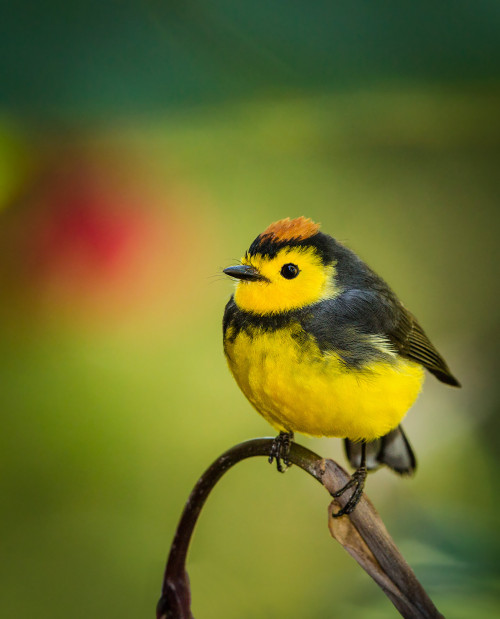
Collared Redstart. Photo by Bill Holsten
Never seen one of these, since they don’t make it to North America typically. Pretty spectacular, don’t you think?
Reposted from http://lies.tumblr.com/post/59107232106.

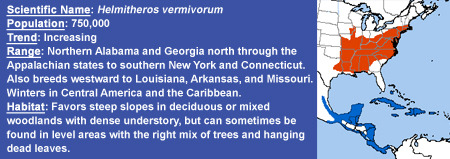
Bird of the Week, June 28, 2013, Worm-eating Warbler
An insect-like trill sounds repeatedly as you hike along the foot of a steep forested slope. But it’s no insect sounding off. If you wait patiently and quietly, you may see the singer: a handsome, buff-colored little warbler with a striking head pattern of alternating black and buff.
Contrary to its name, the Worm-eating Warbler doesn’t eat earthworms, but it does eat worm-like caterpillars, along with many other insects and spiders. Its most characteristic foraging behavior is “dead-leafing”—investigating and prying apart clumps of dead leaves hung up in branches and vines in search of the prey hiding there. They also glean among green leaves and the bark of trees and shrubs, like many other warbler species.
Forest fragmentation is the greatest threat facing the Worm-eating Warbler, both on its breeding grounds, where habitat loss exposes this ground-nesting species to nest predation and cowbird parasitism, and on its wintering grounds, where deforestation continues to reduce this bird’s wintering habitat.
You can help the Worm-eating Warbler by joining our ongoing Spring 2013 Fundraising Challenge. We urgently need your support to conserve eastern deciduous forests and other critical bird habitats!
Reposted from http://lies.tumblr.com/post/57206555115.
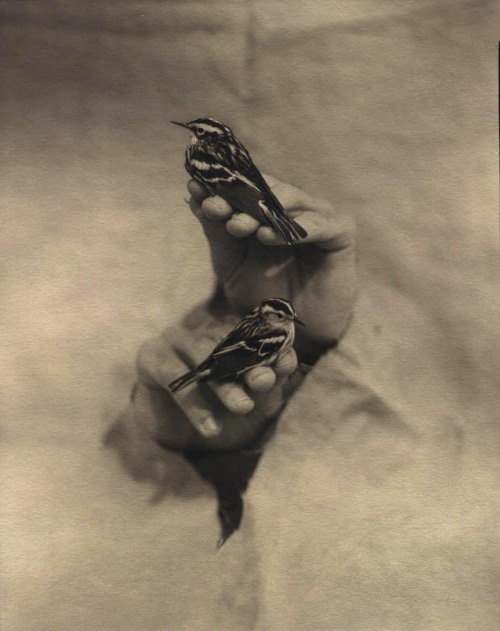
Victor Schrager (American, b. 1950)
Black and White Warblers
©Victor Schrager/Courtesy of Edwynn Houk GalleryQ: How do you perceive the relationship between bird and handler?
A: It is similar to the relation between a sculpture and pedestal.Victor Schrager, in an interview about his Bird Hand Book
Reposted from http://lies.tumblr.com/post/56794636291.

Superb Fairy Wren. Photo by kitfox111
Though technically, not Parulidae. Foreign exchange student?
Reposted from http://lies.tumblr.com/post/56651427076.
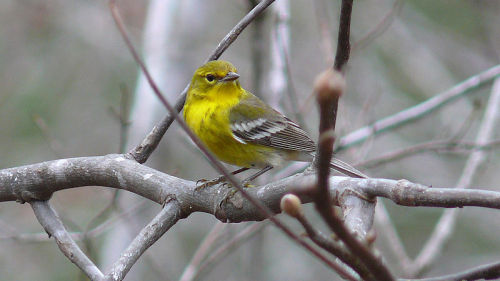
Competitive Exclusion Principle
In ecology, the competitive exclusion principle, sometimes referred to as Gause’s law of competitive exclusion or just Gause’s law, is a proposition which states that two species competing for the same resources cannot coexist if other ecological factors are constant.
When one species has even the slightest advantage or edge over another, then the one with the advantage will dominate in the long term. One of the two competitors will always overcome the other, leading to either the extinction of this competitor or an evolutionary or behavioral shift towards a different ecological niche. The principle has been paraphrased into the maxim “complete competitors cannot coexist“…
(read more: Wikipedia)
(image: Pine Warbler, Dendroica pinus, a species of bird that seems to be utterly dominant as a gleaner in certain types of Pine trees, photo by Ken Thomas)
Reposted from http://lies.tumblr.com/post/56466755349.